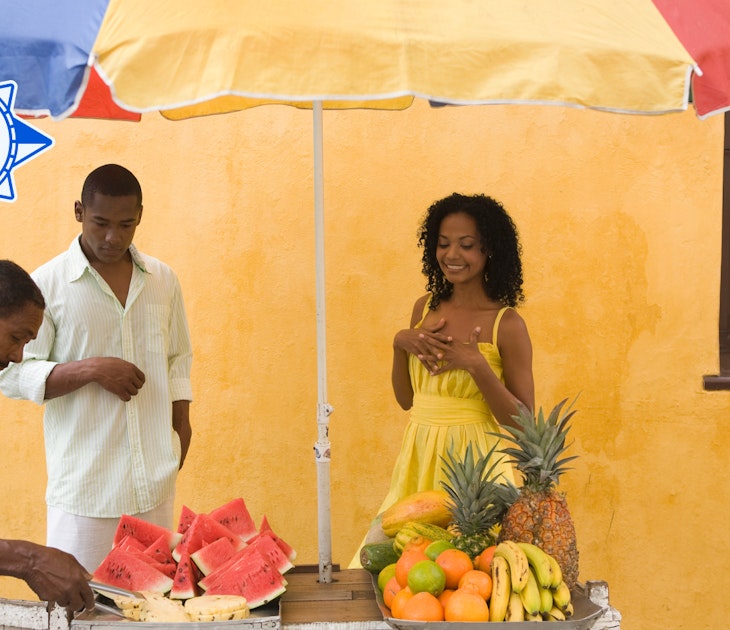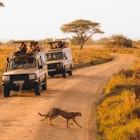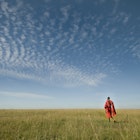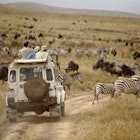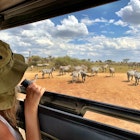Abundant wildlife, exotic islands, colorful markets and friendly people – Tanzania has all this and more just waiting to be explored.
Wander cobbled streets on Zanzibar Island, marvel at an elephant silhouetted against a baobab tree in Tarangire park, clamber up steep slopes to encounter chimpanzees in Mahale Mountains park and throughout, enjoy getting acquainted with Tanzanians and their culture.
Whatever you’re hoping to do, this guide will help you plan the perfect time for your visit, with tips on everything from the seasonal wildebeest migration to climbing Mt Kilimanjaro and catching some festivals.

June through September is the best time for wildlife-watching
June through September is Tanzania’s cooler, dry, high season. The wildebeest are hoofing it northwards on their migration towards the greener grasses of Kenya’s Masai Mara, Kilimanjaro’s lower slopes are mud-free and Zanzibar’s beaches beckon. Overall, it’s a wonderful time to travel, with the only real downsides being peak prices and larger crowds.
In July and August, as the dry season progresses, animals begin to concentrate around dwindling water sources and vegetation becomes more sparse. Wildlife is increasingly easy to spot and safari season is at its prime. Southern Tanzania’s Ruaha National Park is full of animals, as is western Tanzania’s Katavi, with massive pods of hippos fighting for space around the few remaining mud wallows. In Gombe and Mahale Mountains parks, chimpanzees move lower down the steep slopes, and tracking them is usually easier.
The dry season is also ideal for trekking on Mt Kilimanjaro and on Mt Meru, in Arusha National Park, and for hiking in northeastern Tanzania’s Usambara Mountains. On the coast, temperatures and humidity are somewhat lower and the islands are crowded, but delightful.
Especially for safaris, Kilimanjaro treks and island getaways, it's essential to book in advance.
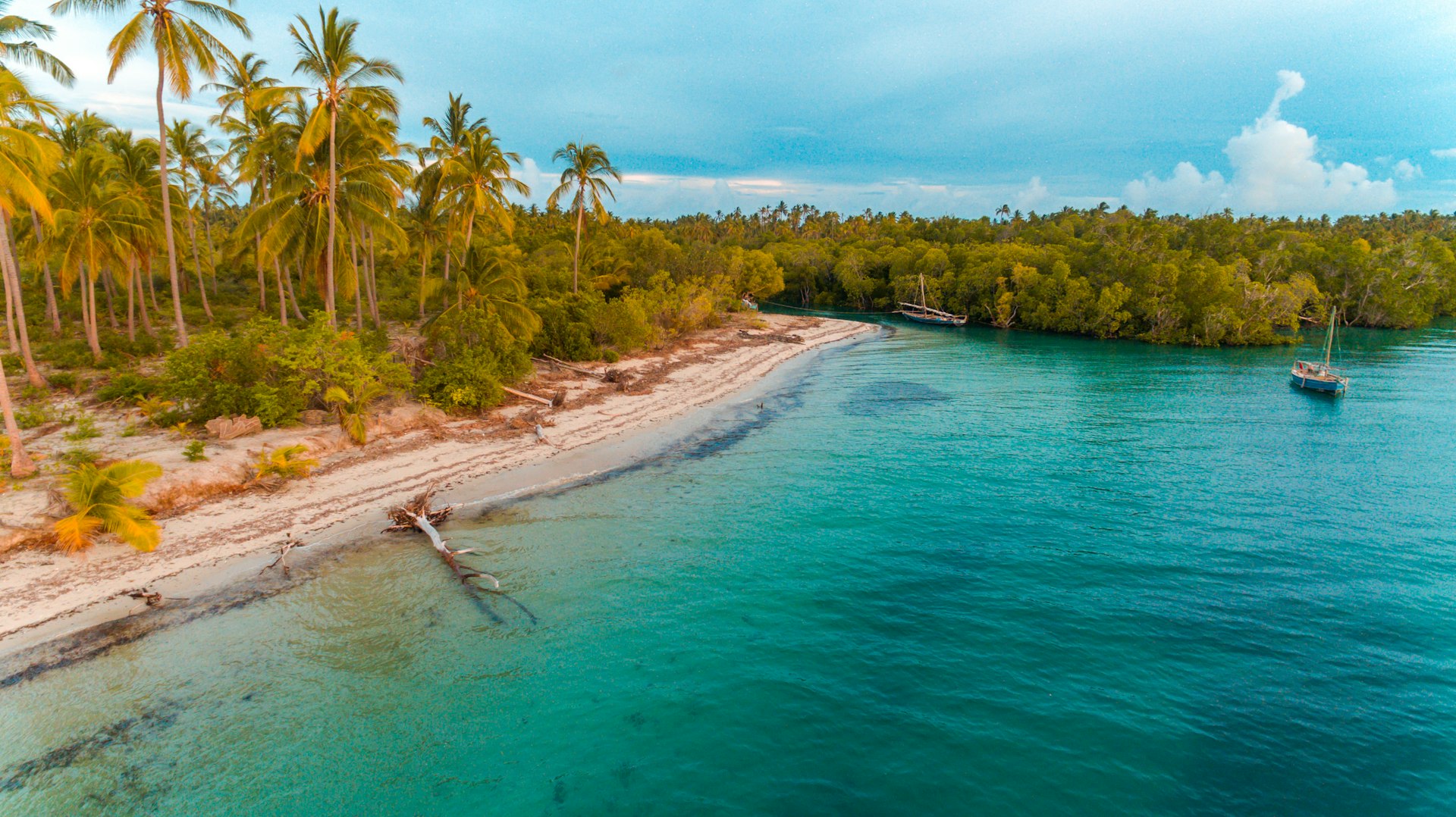
October to February is perfect for birding and fewer crowds
In October, the start of Tanzania’s shoulder season, the weather stays sunny and mostly dry, making this another fine time for wildlife-watching, but with only a fraction of the high-season crowds. Parks such as Tarangire, that are at their best in the late dry season, are particularly good. October also brings jacarandas to bloom, especially in the north around Moshi and Arusha and in the southwest around Mbeya; it’s magnificent to stroll beneath their purple canopies on a carpet of lavender blossoms.
In November, as the short rains get underway, mango season begins – watch for buckets of ripe fruit along the roadsides from late November. This is also the start of peak birding season, as the first of the migrants begin arriving from the north.
During the Christmas and New Year's holiday period – roughly from mid-December through the first week in January – prices temporarily skyrocket, but on each side of this, many lodges and camps offer appealing shoulder-season rates.
Tanzania’s hottest temperatures are generally in February, especially along the coast, but birding is at its peak countrywide and the southeastern Serengeti is full of activity, with the wildebeest calving season in full swing. February is also the best month for seeing the orchids in Kitulo National Park, and for admiring the surrounding highlands, which are blanketed with wildflowers.
In northern Tanzania, the warm, dry period between December and February is ideal for Kilimanjaro treks, while on the coast, the shoulder season months are optimal for spotting whale sharks around Mafia Island.
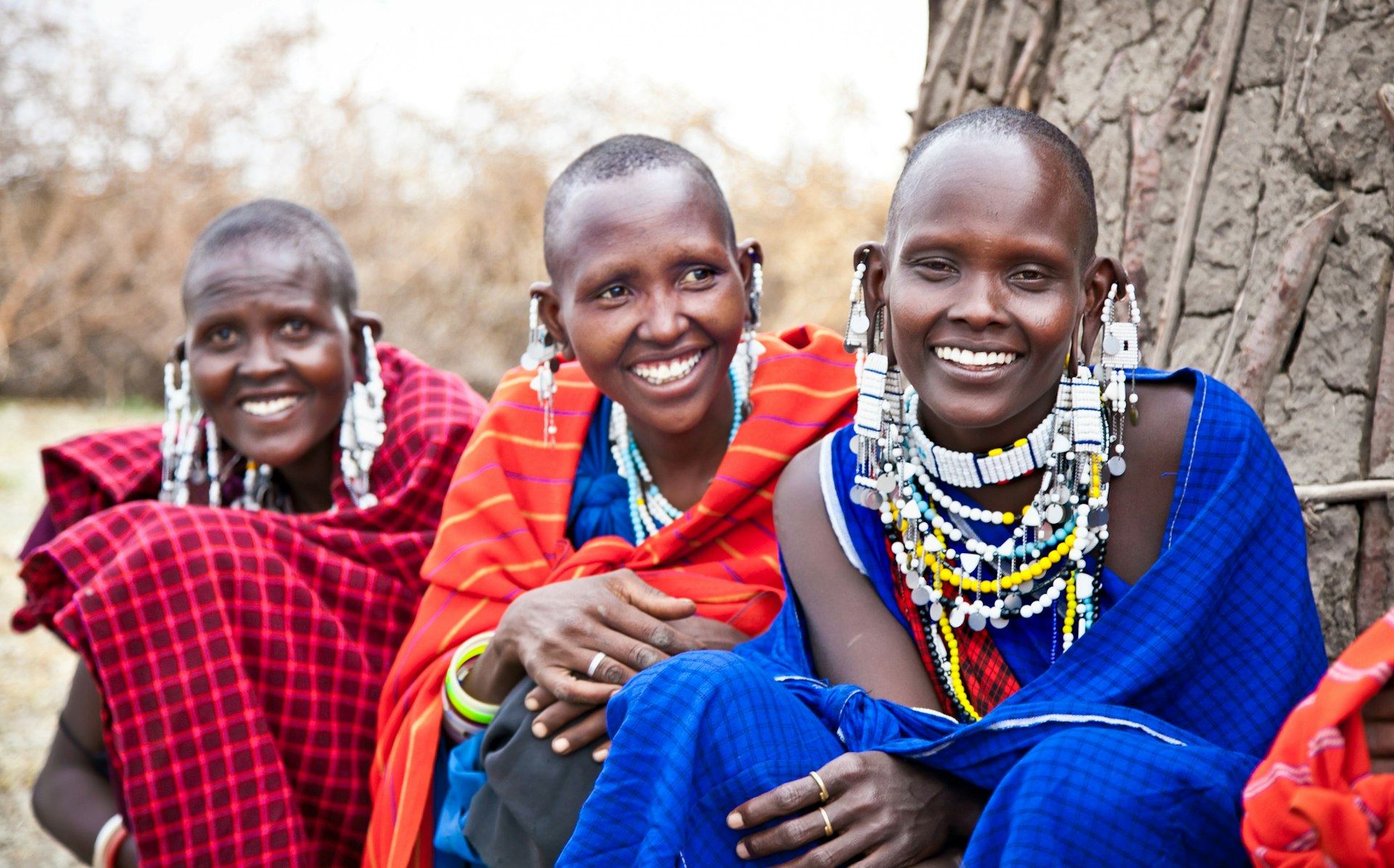
March to May is the best time for green landscapes and lower prices
Mid to late March marks the start of Tanzania's main rainy season, when heavy downpours turn roads and hiking trails to mud. Many lodges, especially along the coast and in the southern and western safari circuits, close and those that do stay open often offer significant discounts.
Yet, despite the wet, there’s still plenty of sunshine, and if your focus is on getting to know Tanzania’s cultures, and exploring away from the crowds, this can be an ideal time. Landscapes across the country are brilliant green and visitor numbers are at their lowest. Somewhere between late April – as the rains begin to taper – and early June, the wildebeest start their long march northwestwards from their calving grounds in the southeastern Serengeti, and brightly-hued birds are easy to spot, the males resplendent in their colorful breeding plumage.
Anytime is festival time
No matter when you travel to Tanzania, there’s likely to be a festival or event somewhere in the country. Early February on Zanzibar brings the Sauti za Busara festival, while late February in Moshi is the community-oriented Kilimanjaro Marathon. Back on Zanzibar, watch for the Zanzibar International Film Festival in late June and Mwaka Kogwa festivities in late July. A highlight around October or November on the mainland is the Bagamoyo Festival of Arts and Culture.


